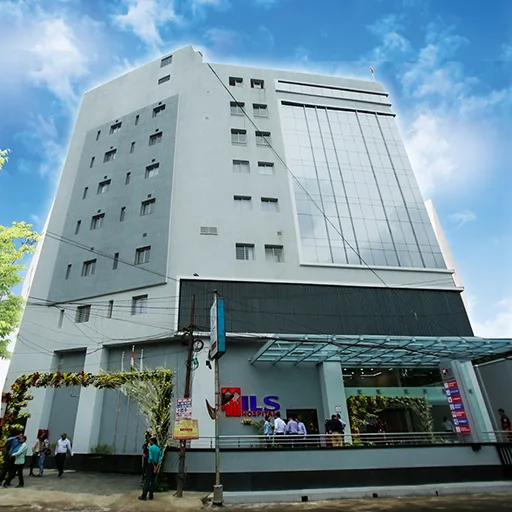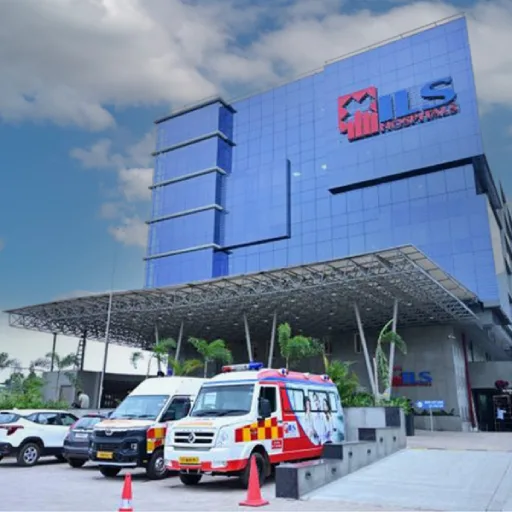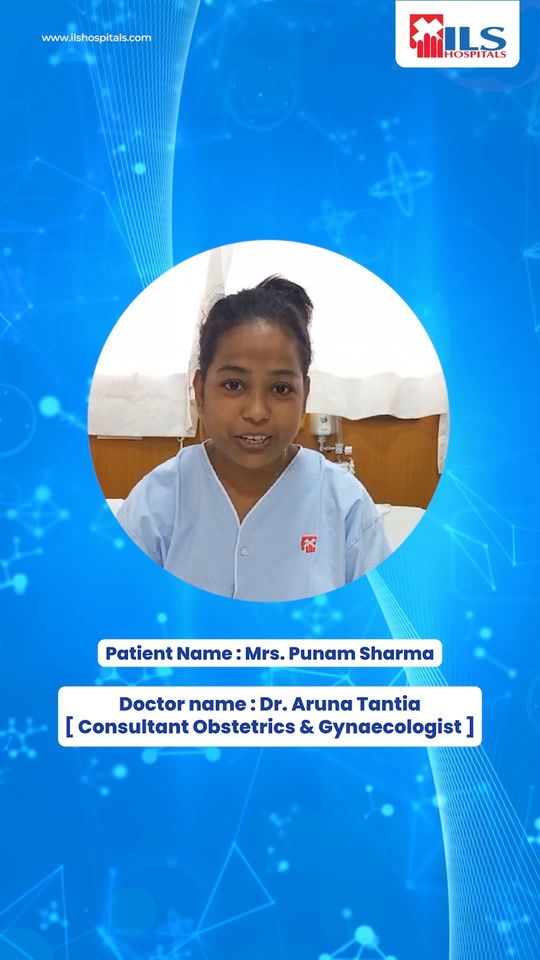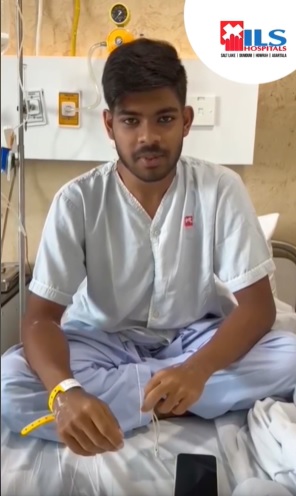Coronary Artery Bypass Surgery (CABG)
Coronary artery bypass grafting is a surgical procedure that restores blood flow to parts of your heart that are not receiving enough blood. This operation can enhance your heart function and overall well-being, especially if you’ve recently had a heart attack or are at a higher risk of having one soon.
Procedure Details
Before Procedure
- CABG is a major surgery, and patients must first go through a series of tests and preparations.
- Imaging and lab tests: Before you can have CABG, you must first go through a series of tests to determine whether it is safe for you to have the operation and whether you even need it. Potential tests include, but are not limited to, the following: electrocardiogram (ECG or EKG), echocardiogram, exercise stress test, nuclear cardiac stress test, cardiac catheterization, X-ray angiography or computed tomography (CT) scan angiography, coronary calcium scan, and laboratory testing.
During Procedure
- CABG is a difficult technique that takes several hours to complete (the exact time required depends on the type of CABG surgery, the number of bypasses required, and other factors). The majority of these operations involve the steps listed below.
Anesthesia and Life Support
As with most major procedures, the initial step is to put you into a deep slumber. This prevents you from experiencing discomfort during operation. It also helps you relax for the next steps in the preparation. Because CABG involves heart surgery, it typically requires many types of life support. These include intubation, ventilation, intravenous lines, urine catheters, and heart-lung bypass.
Blood Vessel Harvesting
CABG entails establishing a bypass for blood to travel to clogged parts of your heart. A bypass is essentially a route for your blood to take around an impediment. Creating the bypass entails removing a blood vessel from another part of your body, such as your leg, arm, or chest, and rerouting it around the obstruction. If there is more than one blocked artery, several bypasses may be required. These include double (2), triple (3), and quadruple (4) bypasses.
Surgery
To access your heart for surgery, a cardiothoracic surgeon will create an incision in the center of your chest. They will also divide your breastbone along the middle, then spread and lift your rib cage to gain access to your heart. Once they reach your heart, the surgeon will use the extracted blood vessel to construct the bypass. The bypass’s top end connects to your aorta, the big artery that transports blood from your heart is connected to the rest of your body shortly after it exits. The lower end of the bypass will connect to the obstructed artery just beyond the blockage.
Variations of This Surgery
While CABG typically employs the same approaches in most patients, there are times when alternate techniques are more appropriate for your specific needs. This surgery has several versions, including off-pump CABG, minimally invasive CABG, robot-assisted CABG, and hybrid procedures.
After Procedure
- CABG patients are admitted to the hospital’s intensive care unit following surgery. Staying in the intensive care unit (ICU) is required because ICU staff have specific training and experience that is better suited to persons with specialized needs, such as those who have recently undergone CABG. Once a patient is stable and a doctor believes they are ready, they can be moved to a standard medical-surgical room in the hospital for the remainder of their stay. The usual hospital stay for CABG is 8-12 days.
- After leaving the hospital, most CABG patients will participate in a cardiac rehabilitation program. These programs, also known as cardiac rehabilitation, assist you in recovering and rebuilding your strength following extensive cardiac treatments or incidents such as heart attacks. Cardiac rehabilitation programs include carefully trained and highly skilled professionals. They often include nurses, exercise physiologists, nutritionists and dietitians, counselors and behavioral health specialists, and doctors.
Conclusion
Coronary artery bypass surgery is a key intervention for people suffering from severe coronary artery disease, improving their heart health and overall well-being. Although the treatment necessitates extensive rehabilitation and lifestyle modifications, it holds the possibility of a longer, healthier life for many patients. With advancements in surgical procedures and post-operative care, CABG remains a cornerstone of heart disease treatment, providing hope and a second opportunity to people suffering from cardiovascular problems.


























